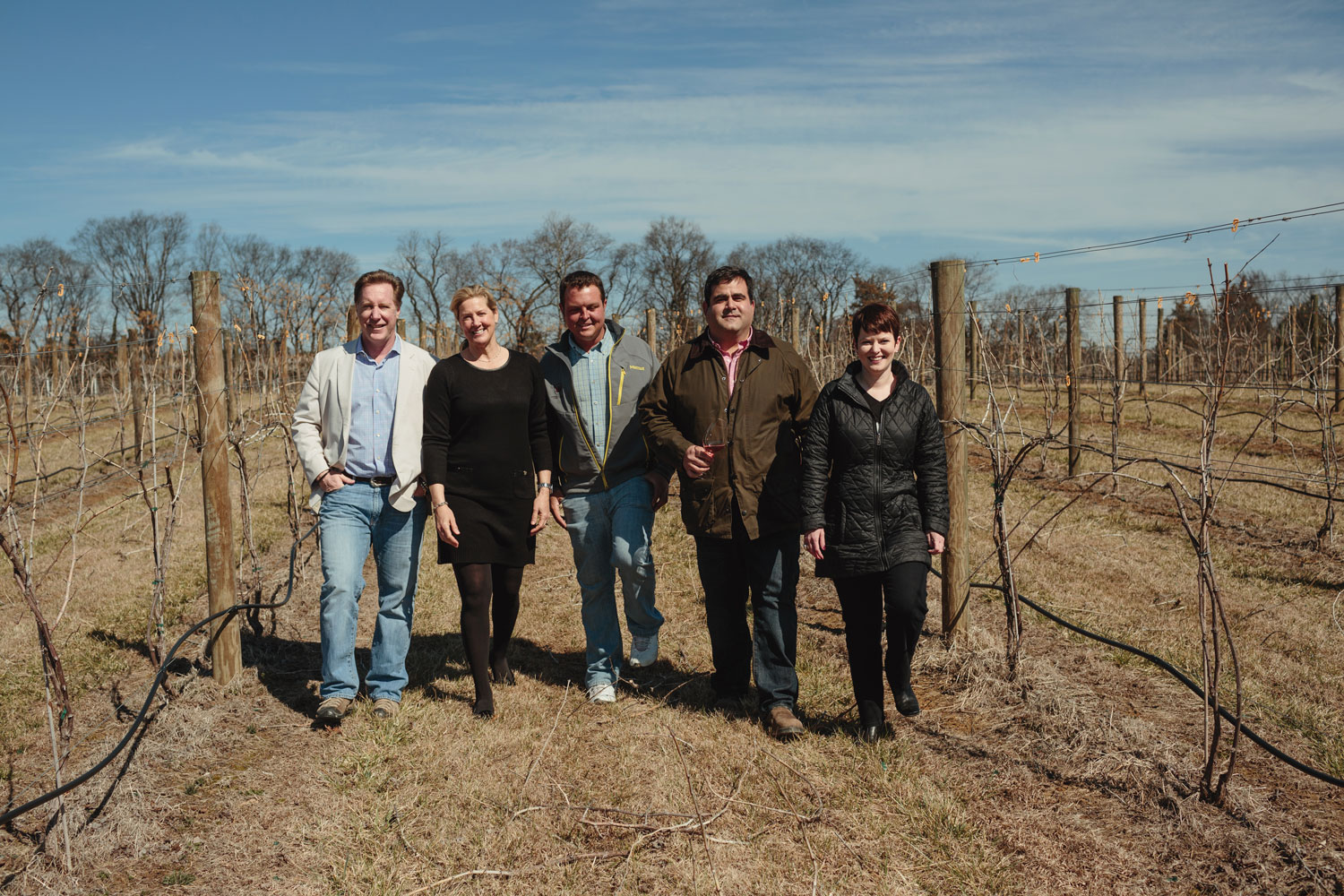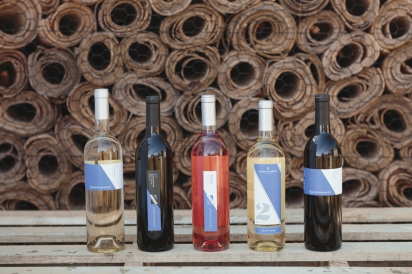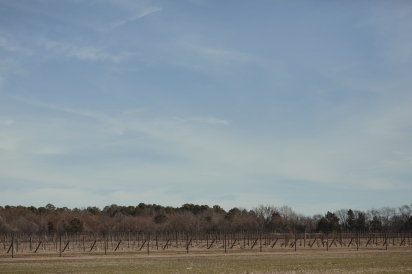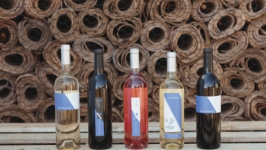Gone With the Wine: Upper Shirley Vineyards
The learning curve has been steep for Tayloe Dameron, an analytically minded 52-year-old graduate of Virginia Military Institute, who with his wife, Suzie, bought Upper Shirley, an 1870 stucco-covered brick house with a two-story porch on 23 acres of forest and former farmland, in 1998.
It was not until just a few years ago that Dameron envisioned transforming Upper Shirley into a winery and bringing wine-country culture to the doorsteps of Richmond.
“I’m a romantic and had the notion of a farm to have horses and animals,” says Dameron, who grew up in the West End of Richmond and originally commuted to New York City for a year after moving to Upper Shirley and before landing a job in the financial industry in Richmond. “It was something I always wanted.”
Dameron’s first foray into an Upper Shirley-based farm business - training polo ponies - convinced him that he could have a home that was economically viable and could stand on its own two feet.
“Plantations—so many people have bought them just to have a nice home,” he says. “Getting these homes back to being self-sustaining is my goal.”
In turning to planting, Dameron returned to the estate’s historic past.
“The earth we sit on has agricultural heritage,” says Dameron. “Natives farmed the land, and then the first colonials in 1613. It’s as old as anything in America. Farming heritage here is unsurpassed.”
Settlers in nearby Jamestown passed a law requiring all men to cultivate at least 10 vines. Yet the preferred Old World varietals (Vinifera) did not fare well because of New World insects (Phylloxera) and disease. Thanks to vine grafting and the science of viticulture, that has changed in the past three decades. By the time Dameron started looking into planting, Virginia had some 250 active wineries producing around a half-million cases of wine a year.
Originally, Dameron was just going to grow grapes. “We don’t have a classic site with elevation and soil, but if we use the right methods, we should be able to grow good grapes,” he says.
Then he found out that the math was prohibitive. “You just can’t get a price for them,” he says, referring to grapes by the ton. “Some calamity will strike every 10 years. You bank nothing as a grower.”
The margins, he discovered, were in winemaking—if you had the right winemaker.
Enter Michael Shaps, one of Virginia’s best and now Dameron’s business partner and winemaker. Originally from Chicago and Westchester County, New York, Shaps trained as a vintner in France and is a partner in Maison Shaps Winery in Meursault, in the prestigious Burgundy region, but has been based and making wine in central Virginia since 1995. His most recent kudos include three gold medals in the 2015 Virginia Governor’s Cup wine competition.
Shaps and Dameron are partners in a 30-acre vineyard in Gordonsville, Virginia, outside Charlottesville, as well as in Shaps’s business, Michael Shaps Wineworks, where most of Upper Shirley’s wine will be made.
As for Upper Shirley not being in a hillier region, like Charlottesville, Shaps sees it as a mixed blessing. The light soil is great for grape growing. And Upper Shirley missed the heavy rains to the west last year, giving it an edge in ripening.
“Tayloe has some great potential with certain varieties,” says Shaps. “It’s how he fine tunes the vineyard.” As Shaps sees it, Upper Shirley’s greatest asset is Dameron himself. “The people making the best wine are in fields every day. They have passion,” he says. “I see that in Tayloe. That has a huge influence, his dedication to making the best wine possible without taking shortcuts.”
Although the winery’s planned summer opening has been delayed to November because of the harsh winter, when it opens it will offer a dry field-blend rosé and three whites—Viognier, Sauvignon Blanc and a white blend—as well as three reds—Cabernet Franc, Tannat and the flagship reserve blend, Zachariah (named for Dameron's grandfather), which is a barrel-aged Merlot, Petit Verdot, Malbec blend. All will be ready to drink.
“It’s as important for my reds to be drinkable today as seven years from now,” says Dameron. “I’d rather have mine ready to drink a little younger. That’s who we are. We’re starting out. We need to be in front of people.”
(This story is excerpted from the full print version of May/June 2015 Edible Richmond)








